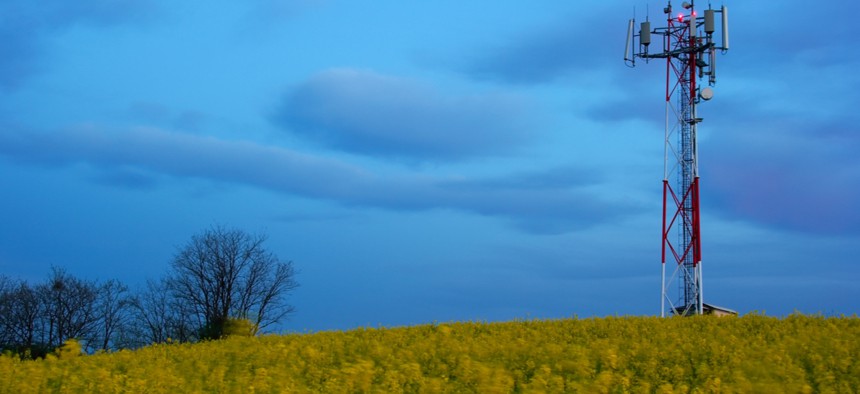Senators, Providers Criticize ‘Unpredictable’ FCC Funding for Rural Broadband

Peter Gudella/Shutterstock.com
“Cutting [Universal Service Fund] support cuts the legs out of the business case for rural broadband in many places,” said one telecom CEO.
WASHINGTON — Broadband internet providers trying to build out in rural areas pressed Congress on Thursday for a predictable funding mechanism to support the expensive projects.
This year, an Obama-era budget control mechanism cut by more than 15 percent the Universal Service Fund high-cost program, which allows eligible carriers to recover some of their costs associated with rural broadband deployments.
The agency authorized an additional $540 million for the fund as a stopgap, but providers say there still isn’t enough money.
At a Thursday hearing, senators from rural areas agreed that not enough is being done to help connect rural areas.
“The FCC has not conducted an analysis of what insufficient and unpredictable funding is doing to the companies trying to deploy broadband under some of the most difficult circumstances in America,” said Sen. John Thune, a South Dakota Republican and chairman of the Senate Commerce Committee. “This is simply unacceptable.”
In South Dakota, rural carriers will lose more than $11 million in support over a 12-month period if the shortfall isn’t addressed by the end of December, which the FCC has assured Congress it will do.
Lack of funds would force providers to halt or forgo buildouts.
“Cutting USF support cuts the legs out of the business case for rural broadband in many places,” said Denny Law, general manager and CEO of Golden West Telecommunications. “And Golden West has had to delay or cancel projects due to these cuts.”
Rural Utilities Service funds also remain critical, Law said, in addition to money thrown rural broadband’s way in any federal infrastructure package.
The funding problem is more severe for tribal communities, Thune said.
More than 24 million Americans lack access to high-speed broadband, and only 31.6 percent of rural tribal lands in the contiguous U.S. have sufficient access, according to the FCC’s 2018 Broadband Deployment Report.
Without RUS funds, the Cheyenne River Sioux Telephone Authority could not have afforded its six-year, $27.5 million fiber-to-the-home project running about 1,500 miles of fiber throughout the reservation, said Mona Thompson, the provider’s general manager. But the authority expects to see $500,000 less in USF funds this year.
A forthcoming RUS pilot promises $600 million for rural broadband buildouts, but questions remain about which providers are eligible. Congress initially sought to award providers in regions lacking high-speed internet across 90 percent of their geography, but the House advocated a lower standard, Law said.
And then there’s the FCC’s Mobility Fund Phase II challenge process allowing jurisdictions to contest maps that incorrectly inflate the portrait of broadband access in many areas, despite the agency using those numbers to appropriate funds through 2030.
The challenge process itself will only fix a small portion of erroneous maps, said Grant Spellmeyer, vice president of federal affairs and public policy at U.S. Cellular Corp.
“It’s going to crack open a digital divide that’s far worse than what we’ve seen previously, when people in urban areas have self-driving cars and remote health care,” Spellmeyer said. “And we’re going to lack the precision agriculture and all those other benefits that we need in rural areas.”



